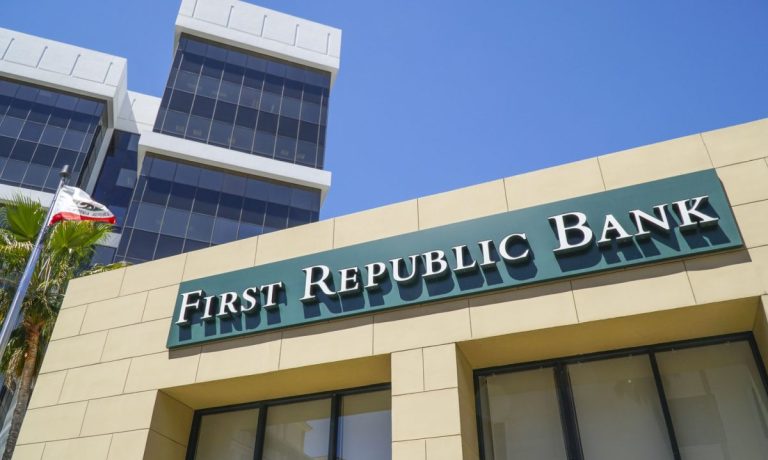
Struggling lender First Republic Bank is reportedly seeking outside help to remain in business.
The bank has hired financial advisor Lazard Ltd. to assist with a review of its options, and tapped consulting firm McKinsey & Co. to come up with a plan for after the crisis, the Wall Street Journal (WSJ) reported Tuesday (Mar. 21), citing people with knowledge of the matter.
According to those sources, those options include a sale, an infusion of capital, or shedding of assets. PYMNTS has contacted First Republic for comment but has not yet received a reply.
The report notes the bank — whose depositors have pulled $70 billion since the failure of Silicon Valley Bank that kicked off the crisis — has a problem with no simple solution, as finding a buyer, selling stock and other options all come with significant challenges.
First Republic was initially reported to have been mulling a sale last week after it was downgraded by Fitch Ratings and S&P Global ratings.
“The bank’s business position will suffer after the volatile swings in its stock price and heightened media attention surrounding deposit volatility,” wrote S&P analysts Nicholas Wetzel and Rian Pressman. “Its business stability has weakened as market perceptions of its creditworthiness have declined.”
One day after that news broke, a group of the country’s 11 largest financial institutions joined forces to deposit $30 billion in uninsured funds into First Republic to provide it with liquidity and to show they had faith in the bank and the industry at large.
“The actions of America’s largest banks reflect their confidence in the country’s banking system,” the banks, which included Wells Fargo, Citigroup and Bank of America, said in a news release last week.
“Together, we are deploying our financial strength and liquidity into the larger system, where it is needed most. Smaller- and medium-sized banks support their local customers and businesses, create millions of jobs and help uplift communities.”
However, that infusion didn’t stop S&P from downgrading First Republic yet again on Sunday, with the ratings agency saying the $30 billion “should ease near-term liquidity pressures, but it may not solve the substantial business, liquidity, funding, and profitability challenges that we believe the bank is now likely facing.”
According to the S&P report, the agency thinks “attracting meaningful deposits will be difficult, constraining the bank’s business position.” It added that further downgrades were possible.